Ultimate Guide to Artificial Tears
Artificial tears are used to refresh, restore and repair the front surface of your eyes. There are many different types of artificial tears on the market, so it can become confusing as a consumer to know which ones are best. If you have you ever stood in the artificial tear aisle and didn’t know what to do, this article is for you.
When you suffer from dry eyes, your tear film is lacking to nonexistent. Many of the treatments your eye doctor will prescribe for you will help you to improve both the quality and the quantity of your tears. While you work to get your body to produce tears again, you will need to supplement your tear film with artificial tears. Here I will break down the different categories of artificial tears for you.
Categories of Tears:
There are two major categories of artificial tears: preserved and non-preserved. Let’s us a clothing analogy to make this more relatable. You have 2 different categories of pants: Long pants and short pants. Let’s go so far and say the 2 categories are: pants below the knee are long pants and pants above the knee are shorts.
In the artificial tear world, you have the same distinction. Preserved tears come in bottles and have ingredients that prevent bacteria from growing within the drop bottle. Non-preserved artificial tears come in single serving vials, or more sophisticated chamber dropper bottles. These tears do not have any preservatives so they are packaged into smaller portions.
It is important to use a preservative-free drop when you use the tears more than four times a day. Otherwise, the preservatives can begin to irritate your eyes. If you are a contact lens wearer it is imperative to always use preservative-free lubricants. The preservative molecules will soak into the contact lens material itself and can cause extreme irritation to your eyes over time.

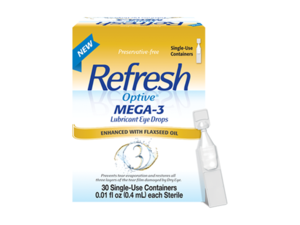
Preserved Tears Non-Preserved Tears
Types of Artificial Tears:
Next, we can talk about the type of material our pants are made of denim, cotton twill, corduroy, or seersucker. You can have pants or shorts made up of all of these materials. The same is true for Artificial Tears. For tears, the six types are Lubricating drops, lipid-based drops, contact lens rewetting drops, gels, and ointments. These types can each come in the two categories of preserved or preservative-free. Let’s break down some more information about each type of tears:
Lubricating Drops:
Lubricating drops are used to replenish the tear film and wash away pollen, dirt, and dust. This type of drop is important to use in people who do not have enough tears on the front surface of the eye. It can be also used in patients who have mild dry eyes or who are wearing contact lenses. However, with contact lens wear you will need to pick a lubricating drop from the preservative-free category.
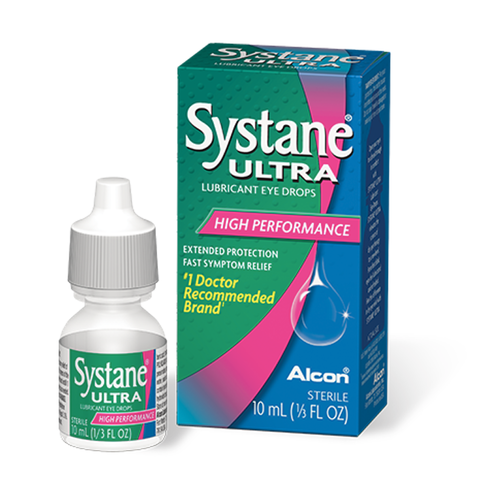
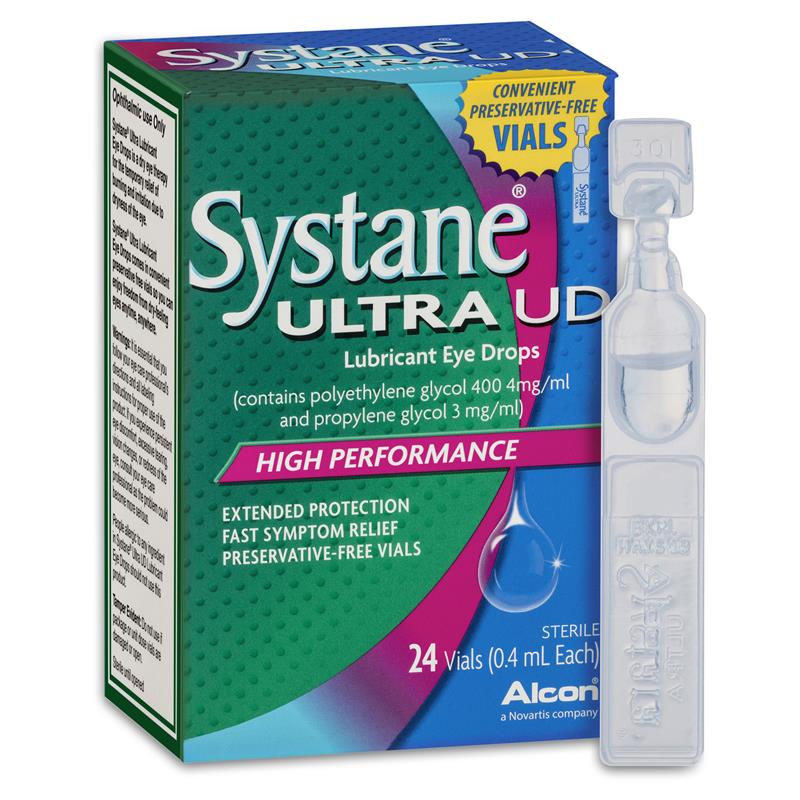
Preserved Lubricating drops Preservative-free Lubricating Drops
Lipid-based Drops:
These drops have oils in them which keep the watery layer of the tear film from drying out too quickly. They provide longer-lasting relief than the lubricating drops. Lipid-based drops lubricate, hydrate, and prevent evaporation.
Some of these drops may appear milky because of the lipids in them. It is best to shake these drops before using them to ensure the solution is well mixed. These thicker solutions may blur your vision for a few seconds but usually6 not for very long. There are also many lipid-based drops available in preservative-free containers. However, they are not to be used while wearing contact lenses because the lipids may coat the surface of the contact lenses and cause prolonged blurred vision.
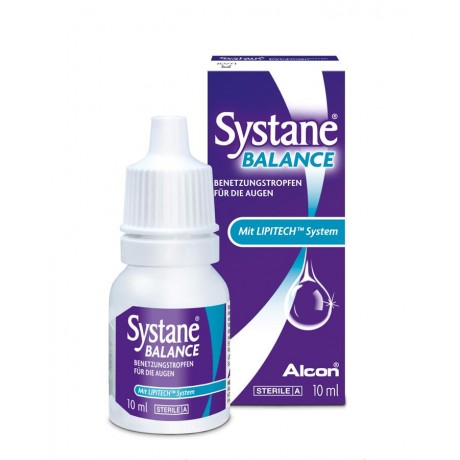
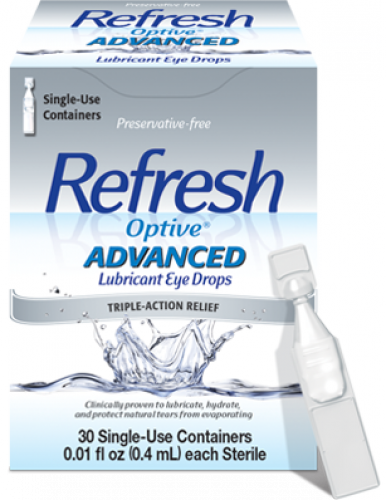
Preserved Lipid-based Drops Preservative-free Lipid-based Drops
Contact Lens Rewetting Drops:
Rewetting drops are specifically formulated for use while wearing contact lenses. They help to keep your eye and the contact lens moisturized. However, you have two choices of drops when wearing contact lenses. You can use a rewetting drop or a preservative-free lubricating drop. The difference is that rewetting drops come in bottles with inactive preservatives. Whereas, the lubricating drops that come in vials have never had a preservative in them. It is best to stick with preservative-free lubricating drops in this instance. Do not use a lipid-based tear even if it is preservative-free.

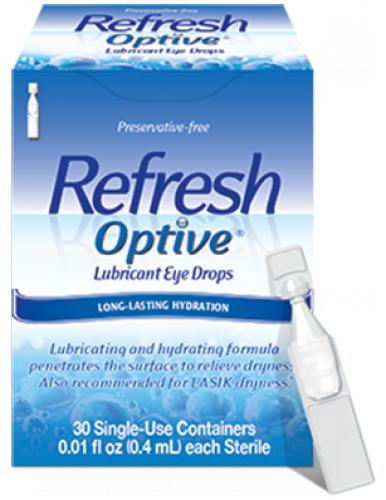
Blink Contacts Preservative-free Lubricating Drops
Artificial Tear Gels:
Tear gels are thicker than a regular artificial tear, lubricating or lipid-based. They coat the front surface of the eye longer. The gel is similar in thickness to an ointment. The gel is much easier to instill in the eye because it leaves the bottle in a droplet and forms a gel on contact with the front surface of the eye. A gel drop is likely to blur your vision significantly. So, it is best used at bedtime for long-lasting lubrication.

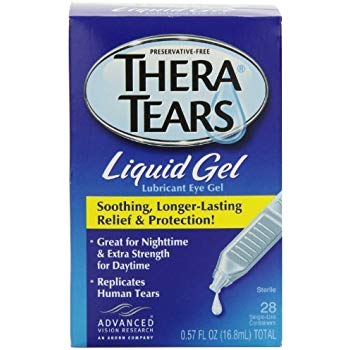
Preserved Gel Drops Preservative-free Gel Drops
Artificial Tear Ointments:
Ointments are used primarily at bedtime in patients who have trouble keeping their eyes fully closed while they sleep. These are the thickest lubricant available. When used before sleeping, they provide a barrier between the front surface of the eye and the air in the room that could dry out the eye. These ointments will significantly blur vision, so they are never recommended before driving or while wearing contact lenses.
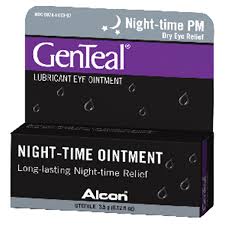
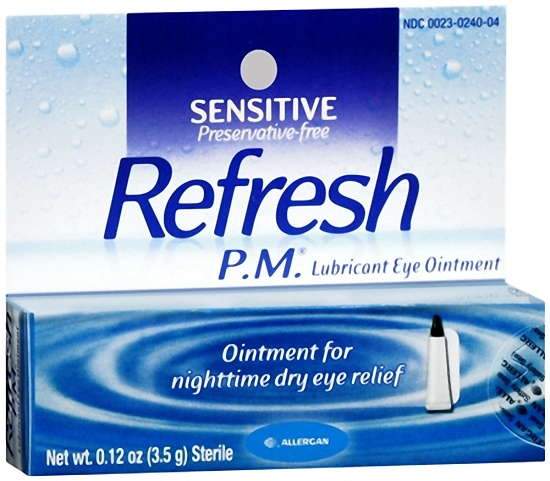
Preserved Artificial Tear Ointment Preservative-free Artificial Tear Ointment
How do you choose the best one for your lifestyle?
Because knowing which artificial tear to choose can be tricky I have provided a couple of resources to help you. First, use the “Artificial Tear Flow Chart” to find which category and type of drop to start with. The flow chart will help walk you through your different lifestyle options like whether or not you wear contact lenses to in order to choose the best tears.
You may find that you have to try more than one brand of a particular type of tear. Everyone will have a preference on which tears feel best to them due to differences in the pH of our tears. What feels great to one patient may not feel the same to the next. As your dry eye heals, you may find that your preference of brands changes as well. This is all normal.
The second resource is called “The Ultimate Guide to Artificial Tears”, which is a table of the currently available tears that you can find readily available. This list is updated regularly to incorporate new products which come to market. Please click the link below to have the list sent directly to your inbox.
When to use Artificial Tears
You should use artificial tears to refresh your eyes. If you had been outdoors, your eyes may feel like they have dust or pollen in them. It is a good time to use artificial tears to rinse and refresh them. Or, if you have been working at the computer for a longer period of time, your eyes can become dry from lack of blinking. During or after computer use is a great idea to replenish your tear film with an artificial tear.
If you find yourself using artificial tears more than twice a day on a daily basis, you need to see your eye doctor to discuss dry eye disease. Patients who suffer from dry eye disease are often advised to take artificial tears multiple times a day by their doctor. In fact, your doctor may suggest to a patient to use tears four times a day or even every single hour depending on the severity of their dry eye disease.
Artificial tears could be an important part of a dry eye treatment plan. However, they are not the only item in the plan. Dry eye disease is chronic and progressive. If you are suffering from dry eyes you need to see an eye care provider soon.
Self-medicating with over-the-counter artificial tears is not the best way to treat your dry eye symptoms. Symptoms of chronic dry eye disease can linger for long periods of time. And, the disease is also progressive. Without proper treatment and management, the symptoms of dry eye worsen over time.
What to avoid on the Artificial Tear Aisle?
The last category of artificial tears are the ones that you want to stay away from. There two types in this category: generic drops and redness reducers.
Don’t just assume that all tears are relatively the same. Artificial tears are being improved upon at a rapid rate. There is research going on daily to improve the quality of artificial tears. If you are a dry eye sufferer, stay away from the generic versions of any of the tears.
A generic drop must contain the same active ingredients as the branded version. However, the amounts and types of inactive ingredients can vary. As a dry eye sufferer, you may be very sensitive to the inactive ingredients, and you may have a poor reaction to those ingredients. You may not notice the difference between a generic and a brand name drop from the start, but prolonged use of the wrong ingredients can prove to be disastrous.
Let’s go back to our pants analogy. You could have two pairs of the same long pants. They could both be jeans too. But you would find a significant difference in the fit, comfort, and longevity of the Dolce & Gabbana Jeans versus the ones you purchased at the local Walmart. Quality of your artificial tears matters, especially since we are talking about your vision and eye health.
Artificial tears or drops that advertise getting the red out should also be avoided. They may also be termed redness reducing. These drops contain a vasoconstrictor, a chemical which shrinks blood vessels and may be labeled as decongestants or eye whitening drops. These types of drops will temporarily constrict the blood vessels on the front surface of your eye to give it the appearance of being less red.
However, shrinking these blood vessels leads to an even worse problem. Constricting the blood vessels limits the amount of blood that reaches the front surface of the eye. This can slow down the healing process or just make it harder for your eye to maintain its normal functions. Less blood flow to the eye will result in it not receiving the nutrients it needs to perform well.
Long-term use of these redness-reducing drops can cause patients to suffer from rebound redness. This occurs when the eye becomes even redder when the effects of the medication wear off. And, over time your blood vessels may become resistant to the chemicals used to constrict them.
Sometimes these ingredients are hiding in many over-the-counter dry eye therapies and especially allergy drops. It is important to always read the labels on any over the counter drop. Be especially careful if you are choosing a drop that wasn’t specifically recommended by your eye care professional. While reading the label, watch out for these vasoconstricting chemicals lurking in the ingredient list: Naphazoline, Tetrahydrozoline, and Oxymetazoline.
Beyond the Drop:
As I stated earlier, when your eyes are dry you are lacking the proper level of tears in your eyes. And, the tears you do have are usually of poor quality. Help your body out and enable it to produce tears properly by providing it with the raw materials to do so. You can do this by increasing your body’s overall hydration.
The new standard for ounces of water to drink daily is no longer just 64 ounces. It is now based on your personal weight. Here’s the math:
Your weight in pounds/2 = ounces of water to drink daily
Let’s use an example with easy math. Start with a person who weighs 200lbs. Now divide the number of pounds in half (200/2). You will need to drink 100 ounces of water daily to stay properly hydrated. If you were only drinking the standard 64 ounces you would miss the mark by 36 ounces. That translates to needing to drink at least 4 more 8-ounce glasses of water each day.
Conclusion:
In summary, there are all sorts of dry drops or eye artificial tears on the market. These tears can be preserved or non-preserved. Then, they are divided into types: lubricating, lipid-based, gels, ointments, and formulated for contact lens wear. Each of these types of tears is used for a specific problem. It is not uncommon for one patient to use more than one type of over-the-counter artificial tear product.
It is safe to use non-preserved artificial tears multiple times a day. However, it is not advisable to use preserved tears more than four times a day. And, if you are using tears more than twice a day on a regular basis, and they have not been prescribed that way by your healthcare provider, it is time to schedule an eye exam.
Dry eye disease is chronic, meaning its symptoms can last for long periods of time. It is also progressive, which means it gets worse over time. Without treatment, your dry eye symptoms will be worse a year from now than they are today simply because of our aging process. If you suspect you suffer from dry eye disease, please see your eye care provider today.
Staying hydrated is important to both your eye health and your overall health. Keeping hydrated allows your body to work its best. Also, being mindful of your environment is important to those suffering from dry eye. Windy conditions or long hours spent on electronic devices can dry your eyes. These are great times to refresh your eyes with an over the counter artificial tear.
Leave a comment below with your favorite brand of artificial tears. If you use a night time gel or ointment, please leave that brand in the comments here too.


